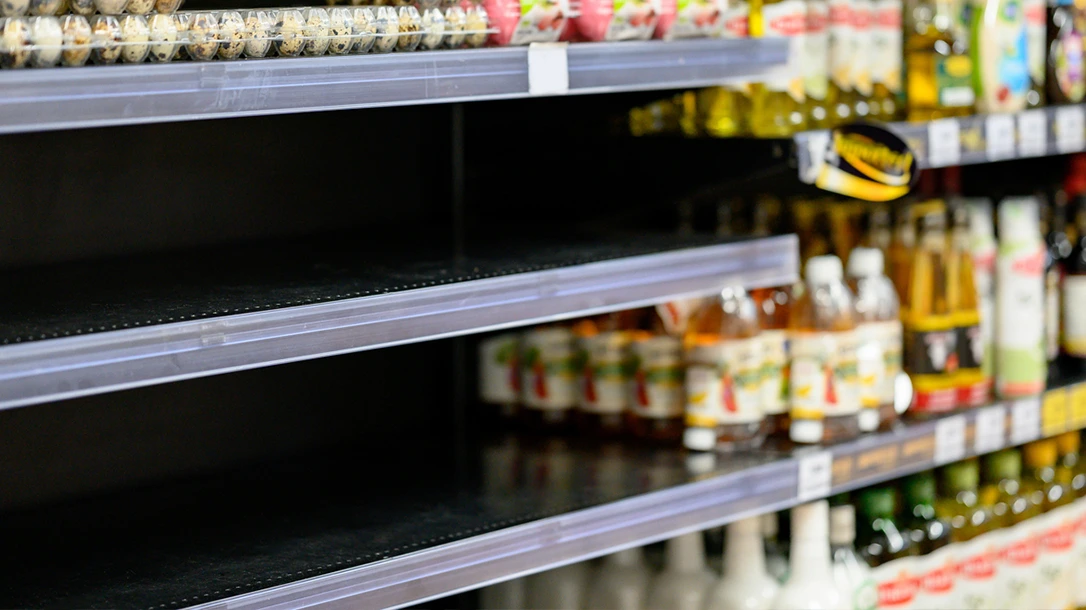Emergencies can strike at any time, whether it’s a natural disaster like a hurricane or an unexpected event like a power outage. Having an emergency food supply is vital for ensuring that you and your family have the nutrition needed to stay healthy and fed during these times. Such was the case with the 2020 pandemic, and how most of us ended up with COVID leftovers.
A lot of us purchased food during the pandemic, thinking this was it —the government was putting the squeeze on us, well, food and toilet paper, anyway. Finally, a police state: even though no hurricane was about to touch down, purchasing extra food during the pandemic was a safe step to ensure your household’s needs.
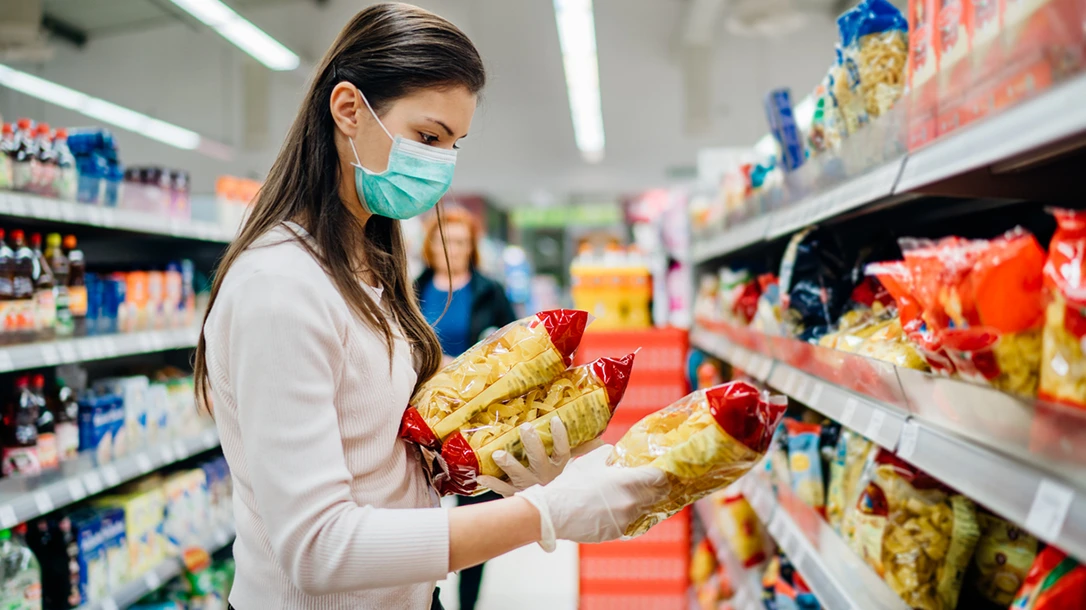
Advertisement — Continue Reading Below
COVID Leftovers Be Damned!
Emergency food supply buckets, designed for long-term storage, are a valuable asset to have on hand. Whether purchased during the pandemic or as part of a general preparedness strategy, understanding how to manage these buckets is essential for maximizing their value and ensuring the food remains safe and palatable, because, seriously, these buckets were — and are — NOT cheap.
Now, as the world keeps spinning, the post-apocalyptic world did not take over, and our daily routines are pretty much back to normal. It is essential to manage the stockpiles to prevent waste, and we all know the saying, “waste not, want not.”
Whether it’s high-calorie food bars, freeze-dried foods, or MRES (Meals Ready to Eat) commonly used by the military, these tend to have a shelf life of around 3 years, and most are complete meals that only require heating, making them very convenient during these emergencies. Here are several strategies to effectively manage your leftover food storage.
Advertisement — Continue Reading Below
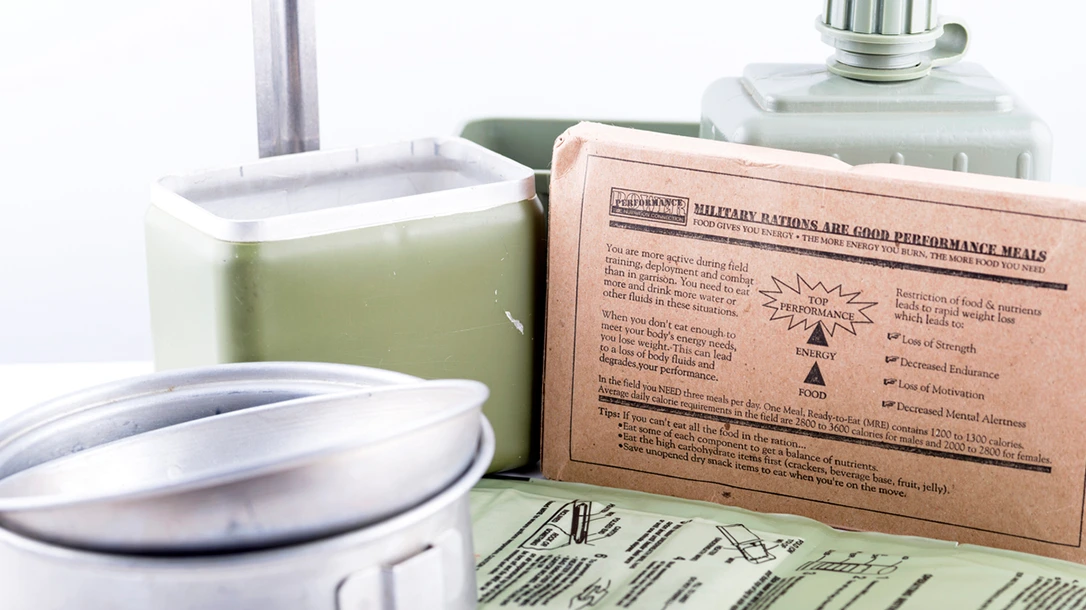
Plan for eventual use
Regular consumption: While designed for emergencies, it’s beneficial to incorporate some of the food into your regular diet, replacing those items with fresh supplies. This helps familiarize you with the taste and preparation of these foods and aids in rotation. Share with friends/family: Consider sharing with others who might benefit from or want to try the food.
Prioritize Food
Inventory & Organize: Take stock of what you have, checking expiration dates or “best by” dates. Labels like “best by” usually refer to quality, not safety, so using your senses (sight, smell, taste) can help you decide if food is still good. Organize your pantry or storage space so older items are easily visible and accessible. Clear containers can also aid in visibility. FIFO (First in, First out): This principle means using the oldest items in your storage first, or even the first storage container you purchased. You can physically rotate the items to the front of your shelves, and you buy more properties.
Advertisement — Continue Reading Below
Meal Planning: Plan your meals around the items you have in storage, especially those nearing their “best by” date. This reduces the need to purchase new groceries and utilizes your stockpile efficiently. Websites like Epicurious and Allrecipes can provide meal ideas based on the ingredients you have on hand. You can also try a “use-it-up” meal once a week, where you cook with whatever is left in your pantry or fridge before it spoils.
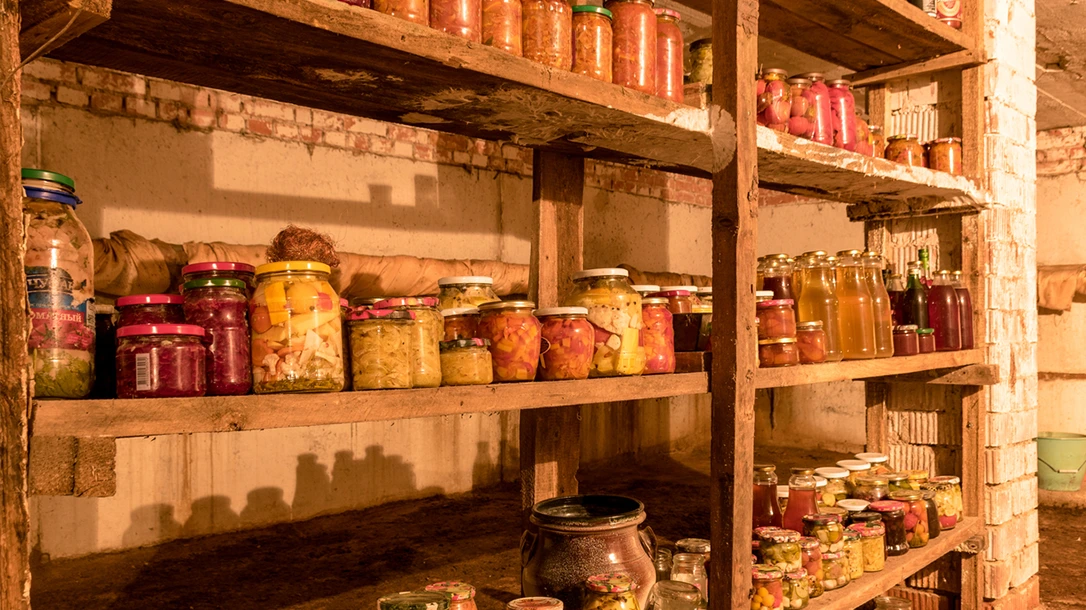
Maintain Optimal Storage Conditions
Cool, dry, and dark: These conditions are crucial for preserving the quality and extending the shelf life of emergency food.
Advertisement — Continue Reading Below
Avoid temperature extremes: Fluctuations in temperature can degrade food quality and potentially compromise packaging.
Protection from pests and moisture: Ensure the bucket’s seals remain intact to protect the contents from rodents, insects, and moisture.
Focus on Meal Planning
Integrate stored food: Actively incorporate items from your food storage into your weekly or monthly meal plans.
Advertisement — Continue Reading Below
Creative recipes: Experiment with pantry staples and create new dishes and snacks with items that might otherwise go bad.
Explore recipes for dishes like soups, casseroles, stir-fries, frittatas, sauces, baked goods, pancakes, or smoothies that can incorporate aging produce or leftover ingredients. Budget Bytes provides a large list of recipe ideas for pantry staples. I assure you, this is the perfect cure to avoid Covid leftovers.
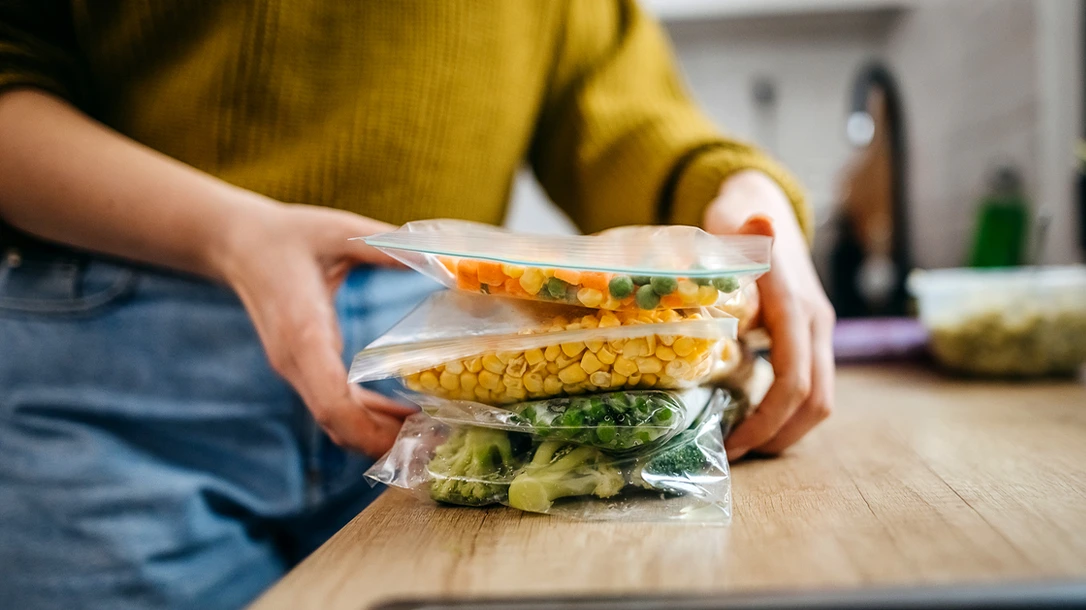
Advertisement — Continue Reading Below
Repurpose and Preserve Excess Food
Freezing: Many foods, including fruits, vegetables (blanched first for best results), and even cooked meals, can be frozen to extend their shelf life significantly. Be sure to use airtight containers or freezer bags to prevent freezer burn. Label items clearly with the date to help with rotation.
Use Food Scraps: Instead of discarding vegetable trimmings, meat bones, or fruit peels, consider using them to make homemade stocks or sauces. Vegetable scraps can be frozen and then simmered to create a flavorful vegetable broth.
Revive “Expired” Food: Stale bread can be revived by toasting or microwaving it wrapped in a damp towel. Limp vegetables can sometimes be refreshed by submerging them in cold water.
Advertisement — Continue Reading Below
Dehydrating: Dehydrating food, either with a dehydrator, an oven set to a low temperature, or solar power, is another method to remove moisture and preserve items for longer storage.
Share and Donate
Community Sharing: If you have food approaching its expiration date or more than you can realistically consume, consider sharing with neighbors, friends, or family.
Donate to Food Banks: Non-perishable, unopened food items that are still safe to eat can be donated to local food banks or charities. Organizations like Feeding America can help you find a local food bank. Remember to avoid donating anything past its “use-by” date, leftovers, or items
Advertisement — Continue Reading Below
with damaged packaging. Local food banks.
Compost food scraps
Composting: If food has spoiled and cannot be used or donated, composting is a great way to divert it from landfills and create a valuable resource for gardening. Many communities have
composting programs, or you can create a backyard compost pile.
Repurposing the Empty Bucket
Storage: Once empty, the durable food-grade bucket can be repurposed for storing other items like gardening tools, dry goods (after thorough cleaning), or emergency supplies, according to My Patriot Supply
Gardening: Food-grade buckets make excellent planters for growing herbs, vegetables, or flowers.
Emergency water: They can be used for collecting and storing water during an emergency, says My Patriot Supply.
Taking these steps, you can ensure your emergency food supply bucket remains a valuable asset for both peace of mind and practical use, whether you’re rotating it into your everyday meals or preparing for an unforeseen event. By implementing these strategies, you can manage your pandemic food storage responsibly, minimize waste, save money, and help those in need within your community. Oh, and most importantly, avoid COVID leftovers!
